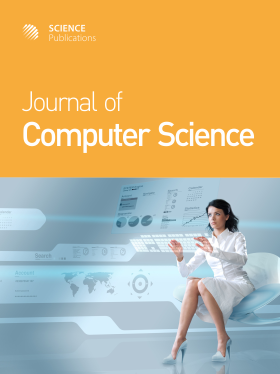A Method for Fast and Robust Intensity Based 2D/3D Registration in Differentiable Framework
- 1 Department of Computer Systems Engineering, Universitas Prasetiya Mulya, Tangerang, Indonesia
- 2 Department of Informatics, Universitas Islam Indonesia, Yogyakarta, Indonesia
- 3 School of Electrical Engineering and Informatics, Institut Teknologi Bandung, Bandung, Indonesia
- 4 Faculty of Medicine, Universitas Sebelas Maret, Surakarta, Indonesia
Abstract
This study introduces an innovative intensity-based registration method designed to align 3D image data volumes, such as Computed Tomography (CT), with 2D data, such as X-ray images, a crucial component of intra-operative navigation in image-guided surgery. Leveraging advanced autodifferentiable reconstruction techniques based on the GPU-accelerated Siddon algorithm, the proposed approach facilitates the generation of differentiable Digitally Reconstructed Radiographs (DRRs), enabling automatic image derivation according to its positional polar coordinates. Prior to the optimization process, an in-depth evaluation of the loss function landscape demonstrates its convex nature, revealing a global minimum aligning with the registered position of both datasets. Subsequently, various optimization algorithms, including Gradient Descent with Momentum, Gradient Descent with Damped Momentum, and Adam, undergo meticulous assessment for their efficacy in minimizing the registration loss function. Among these methods, Adam demonstrates particularly promising outcomes in terms of convergence rate and execution time. Furthermore, robustness evaluation through Monte Carlo simulations underscores the method’s remarkable ability to maintain registration accuracy even under perturbations. Despite inherent limitations related to DRR fidelity, such as the absence of reflection and scattering modeling, the proposed registration method achieves alignment. Robustness testing through Monte Carlo simulations, initializing positions at perturbed random locations, and applying the Adam optimization scheme, yields a convergence rate of 82.7%. The study outlines future research aimed at enhancing DRR fidelity through Monte Carlo simulations, refining registration accuracy, and expanding application to real anatomical parts. Overall, the proposed optimization strategies offer a compelling and versatile approach for rapid and precise 2/3D image registration in image-guided surgery, with significant potential for augmenting surgical precision and ultimately improving patient outcomes.
DOI: https://doi.org/10.3844/jcssp.2024.1593.1601

- 589 Views
- 328 Downloads
- 0 Citations
Download
Keywords
- 2D/3D Registration
- Intensity Based Registration
- Autograd
- Digitally Reconstructed Radiographs
